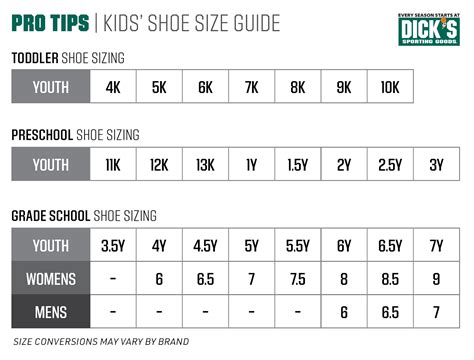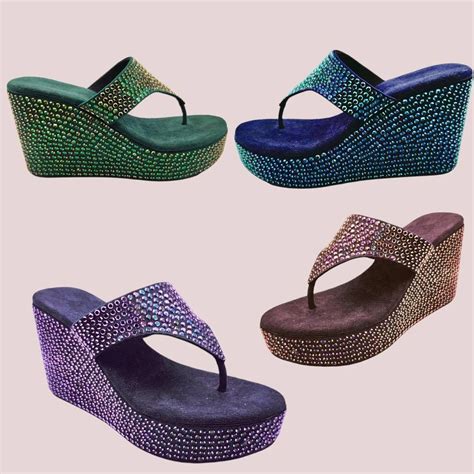5 Boys Shoe Size Tips

When it comes to finding the perfect fit for your boy’s shoes, it can be a daunting task, especially considering the rapid growth spurts during childhood. Here are five essential tips to ensure you get the right shoe size for your boy, promoting comfort, support, and healthy foot development.
1. Measure Their Feet Regularly
The golden rule in buying shoes for kids is to measure their feet regularly. Children’s feet can grow rapidly, and what fits today might be too small tomorrow. It’s recommended to measure their feet every 2-3 months. You can use a shoe size chart or visit a shoe store where professionals can measure their feet accurately. Don’t rely solely on previous purchases or guesswork, as this can lead to poorly fitted shoes that can cause discomfort or even foot problems.
2. Understand Shoe Size Charts
Shoe size charts can be a bit confusing, especially when comparing between different brands. Each brand might have slightly different measurements for the same size. When using a shoe size chart, ensure you’re looking at the specific chart for the brand you’re interested in. Moreover, consider not just the length but also the width of the foot. Some children might have narrower or wider feet than average, requiring a specific width to ensure a comfortable fit.
3. Try On Shoes Later in the Day
Feet tend to swell throughout the day, especially after activities or when it’s warm. To get the best fit, try on shoes in the late afternoon or early evening. This ensures that the shoes will be comfortable even when the feet are at their largest. Additionally, wear the same type of socks you plan to wear with the shoes, as this can affect the fit. For athletic shoes, consider bringing the specific socks to ensure an accurate fit.
4. Leave Room for Growth
It’s a delicate balance between buying shoes that fit perfectly now and leaving enough room for growth. As a general rule, there should be about a half-inch (about a thumb’s width) of space between the end of the longest toe and the shoe. This allows for growth while preventing the shoes from being too large, which can cause tripping or discomfort. Remember, it’s okay if the shoes don’t fit perfectly from the start; kids’ shoes are meant to accommodate some growth.
5. Consider the Activity
Different activities require different types of shoes. For example, running shoes are designed to provide support and cushioning for high-impact activities, while dress shoes are more about style and less about athletic performance. Consider the primary use of the shoes when selecting them. If your boy is into sports, ensure the shoes provide the necessary support and are made from breathable, moisture-wicking materials. For everyday wear, prioritize comfort and versatility.
Conclusion
Finding the right shoe size for boys involves a combination of regular measurement, understanding shoe size charts, trying on shoes at the right time, leaving room for growth, and considering the intended use of the shoes. By following these tips, you can help ensure your boy’s shoes are comfortable, supportive, and conducive to healthy foot development. Remember, poorly fitting shoes can lead to discomfort, pain, and even long-term foot problems, so it’s worth taking the time to get it right.
How Often Should I Measure My Boy’s Feet for Shoe Size?
+It’s recommended to measure your boy’s feet every 2-3 months to account for rapid growth during childhood.
What Time of Day is Best for Trying On Shoes?
+Trying on shoes later in the day, when feet are at their largest due to swelling, ensures the best fit.
How Much Room Should Be Left in the Shoe for Growth?
+A general rule of thumb is to leave about a half-inch of space between the end of the longest toe and the shoe to accommodate growth.


